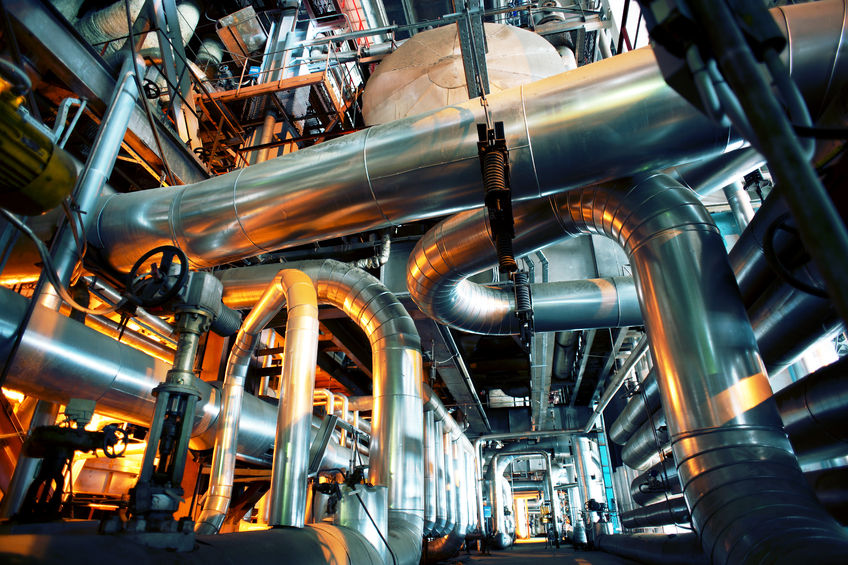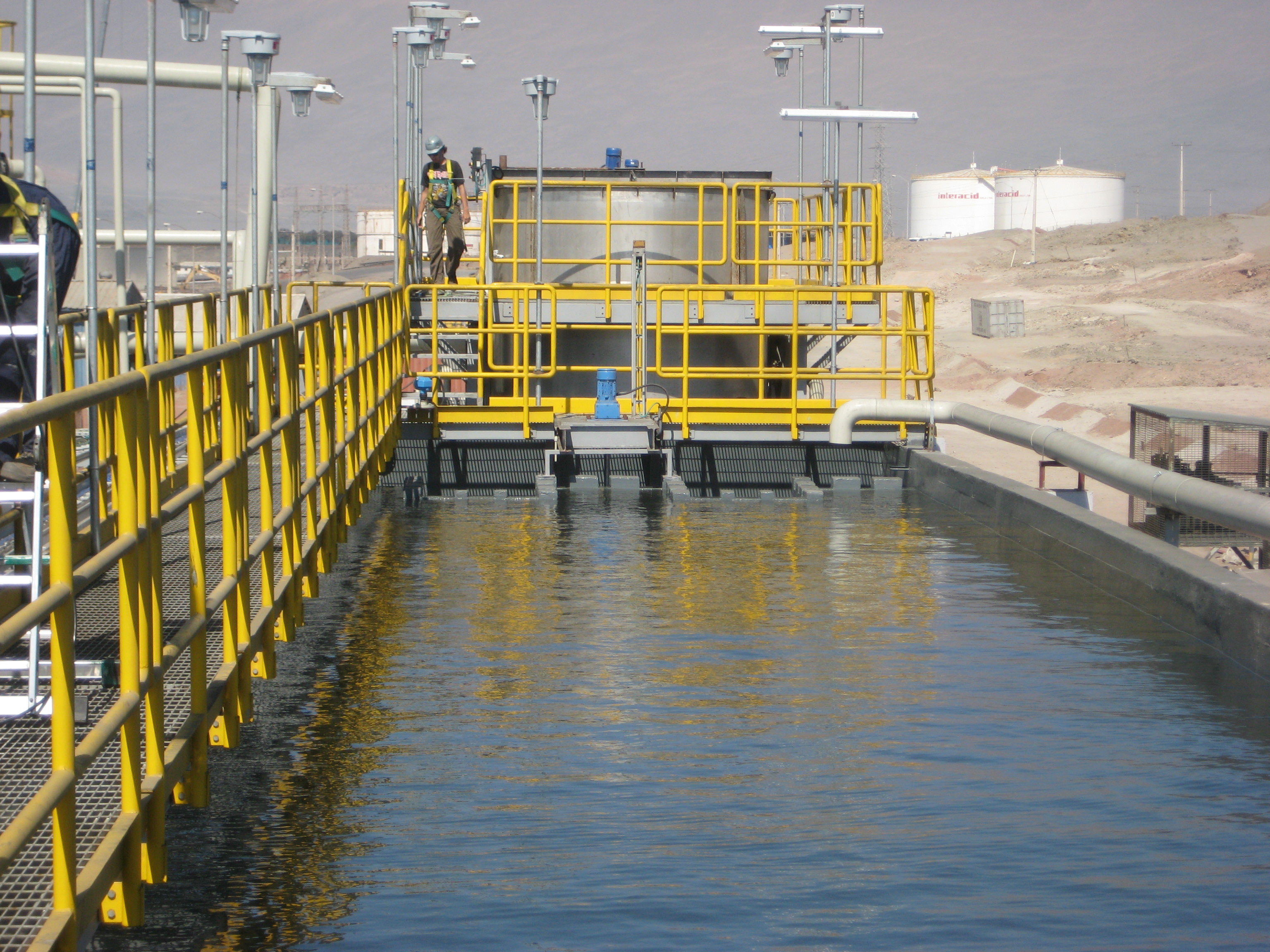
Water purified in zero liquid discharge processes is often reused in power generation plants and other industrial applications, preserving freshwater resources.
In a zero liquid discharge facility, virtually all wastewater is purified for reuse
Zero liquid discharge (ZLD) is a solution for hard-to-treat or dangerously contaminated wastewater streams, but how does it work, and how does it help make industrial operations more sustainable?
The ZLD approach lies at a far end of the water reuse spectrum. In a ZLD facility, not only is some water reused, but all of it is. Virtually no wastewater is discharged into the environment or disposed of by conventional means, such as sanitary sewer systems. ZLD plants use wastewater treatment technologies to highly treat wastewater, transforming it into a desirable, high-quality effluent suitable for other applications such as landscape irrigation or industrial processes, thus conserving precious freshwater resources.
The increasing popularity of this approach is driven by many considerations, including compliance with stringent regulatory standards, the rising cost of fresh water, and a desire to be responsible stewards of dwindling water supplies. Adopting the zero liquid discharge approach not only can benefit an organization’s bottom line, but it also adds to the positive perception of its brand. A ZLD plant’s smaller environmental impact and water demand reduces competition for increasingly scarce freshwater resources and strengthens all-important local community relationships.
Zero Liquid Dishcharge Technologies
The technologies used in ZLD facilities can include sedimentation, dissolved air flotation (DAF), biological treatment, media filtration, activated carbon filtration, ultrafiltration, and reverse osmosis.
In addition to providing equipment for individual stages of treatment, Fluence provides Smart Packaged and other modular solutions for desalination and biological treatment. These include:
- For desalination, NIROBOX™ Smart Packaged units use up-to-date, energy-efficient reverse osmosis technology. The units are customizable and can be operated remotely. They come in a range of capacities and can be used in tandem for the ultimate in scalability. Fluence also offers NIROFLEX pre-engineered desalination building blocks for tailor-made systems.
- For wastewater treatment, Fluence offers a highly efficient membrane aerated biofilm reactor (MABR) technology, which uses passive aeration, and not only slashes energy costs, but also delivers a very high quality effluent. MABR is available in both Smart Packaged Aspiral™ units and as SUBRE units, which can be used to retrofit existing wastewater plants, increasing output and effluent quality
The treatment stages used in a ZLD facility can, however, vary widely depending on the application. For example, in the power industry, salt-heavy wastewater usually requires an evaporation step, which leaves behind solid wastes that are landfilled. Evaporation produces clean water for reuse in cooling or other processes.
In the United States, Fluence has entered the ZLD market in California with ultrafiltration and reverse osmosis components for a large, turnkey ZLD system for Rosenblad Design Group, a leading provider of evaporation technologies.
In Delhi, India, where industrial waste has polluted roughly 543 km of the Ganga River, the Central Pollution Control Board has mandated ZLD in several industries — distillery, tannery, and textile — to curb the release of heavy metals and pesticides into the river.
Hard-to-Treat Streams

The wastewater treatment facility at the Collahuasi copper mine in Chile uses zero liquid discharge technologies to treat a challenging effluent stream.
Mining is another industry that benefits from a ZLD approach to wastewater treatment. Raw mining wastewater is acidic and extremely saline, and often contains a large amount of sediment.
A good example is the Collahuasi Copper Mine, a project undertaken by RWL Water before it merged with New York-based Emefcy to form Fluence in 2017.
The wastewater treatment plant at the facility was sized to accommodate a flow of 216 m3/h, or about 5 million L/d. All of the water has to be treated for reuse.
The facility uses a series of treatments, including sedimentation, DAF, media filtration, activated carbon filtration, ultrafiltration, and reverse osmosis.
Removing as much sediment as possible from the water is particularly important as a first step. This protects a company’s infrastructure investment by preventing fouling of membranes and other types of damage to equipment. In the sedimentation process, suspended solids are settled using gravity. Then, DAF allows the removal of various colloidal materials and dispersed particles.
At this stage, the water is filtered to remove solids that remain after the flotation stage. The removal of dissolved organic material is completed with activated carbon filtration, followed by ultrafiltration. This last step ensures that residual suspended solids, colloids, and organic matter — including bacteria and viruses — are removed before the water is treated with reverse osmosis.
The final polishing step in the water treatment process, reverse osmosis, ensures that dissolved salts and heavy metals are removed from the water before it is reused.
Cost Versus Benefit
Another example of ZLD in practice can be seen at Orlando Utilities Commission’s Stanton Energy Center in Florida, which is sited on the ecologically fragile Floridan Aquifer. In addition to conserving water, the ZLD plant also provides the utility with the operational flexibility — in terms of feed water quality — needed to keep the area’s lights on.
According to Water and Wastewater International, the ZLD system uses four brine concentrator evaporators and four crystallizers to treat blowdown from the cooling tower. It allows 95-98% of the wastewater to be reused as high-purity distilled water, which can be used in industrial processes.
Although some may be concerned about the cost of ZLD, Jack Lyons, a project engineer with the OUC, told Water World in 2015:
Pay now or pay later […] you have all types of options out there for water treatment. […] But if you have a need for a high throughput, or extended operations, or high reliability, or great operational flexibility, or confidence in your process, look at ZLD. No one is going to put in a ZLD system and operate it for a year and shut it down […] The benefits justify the cost in the long haul.
